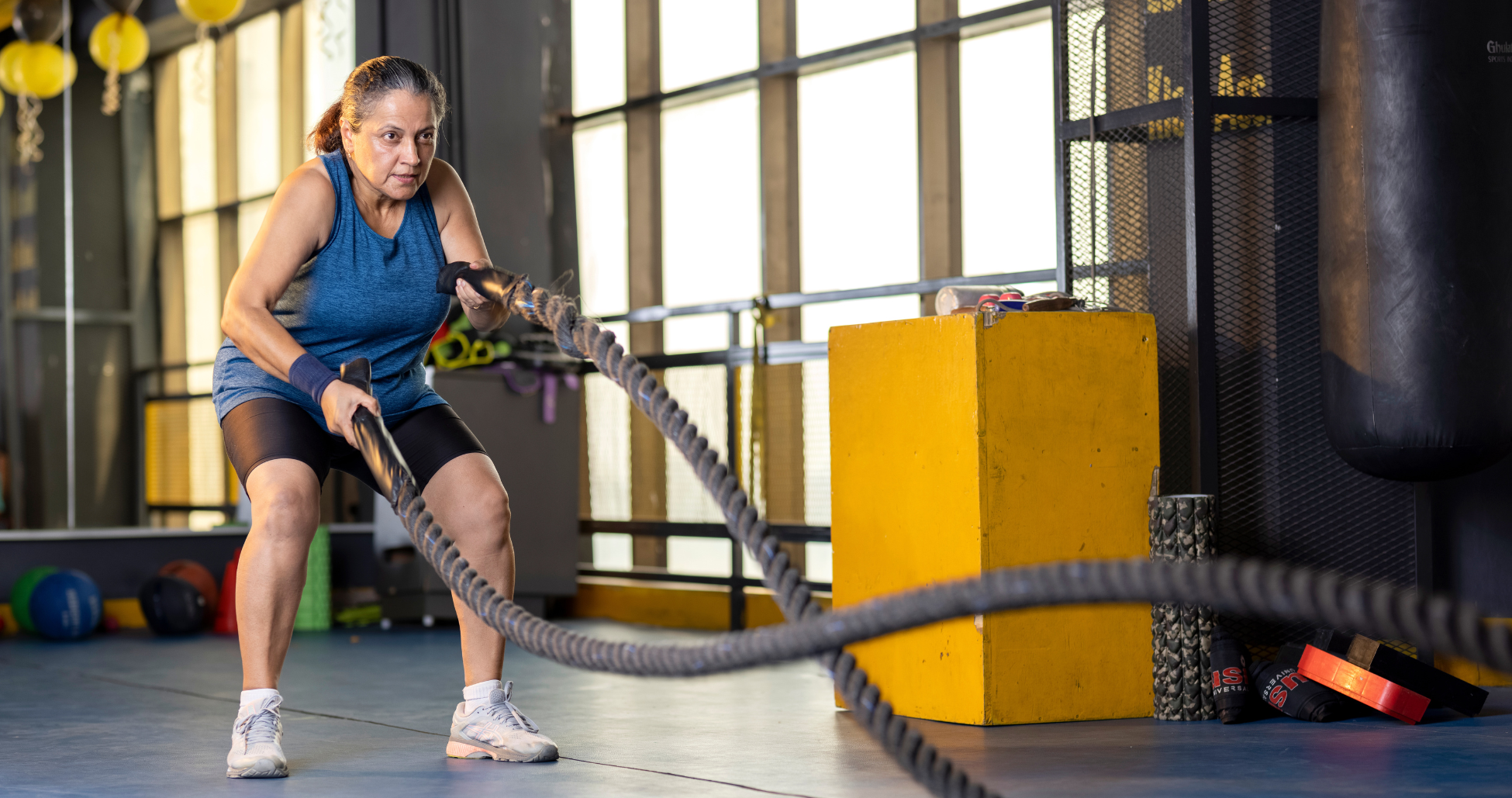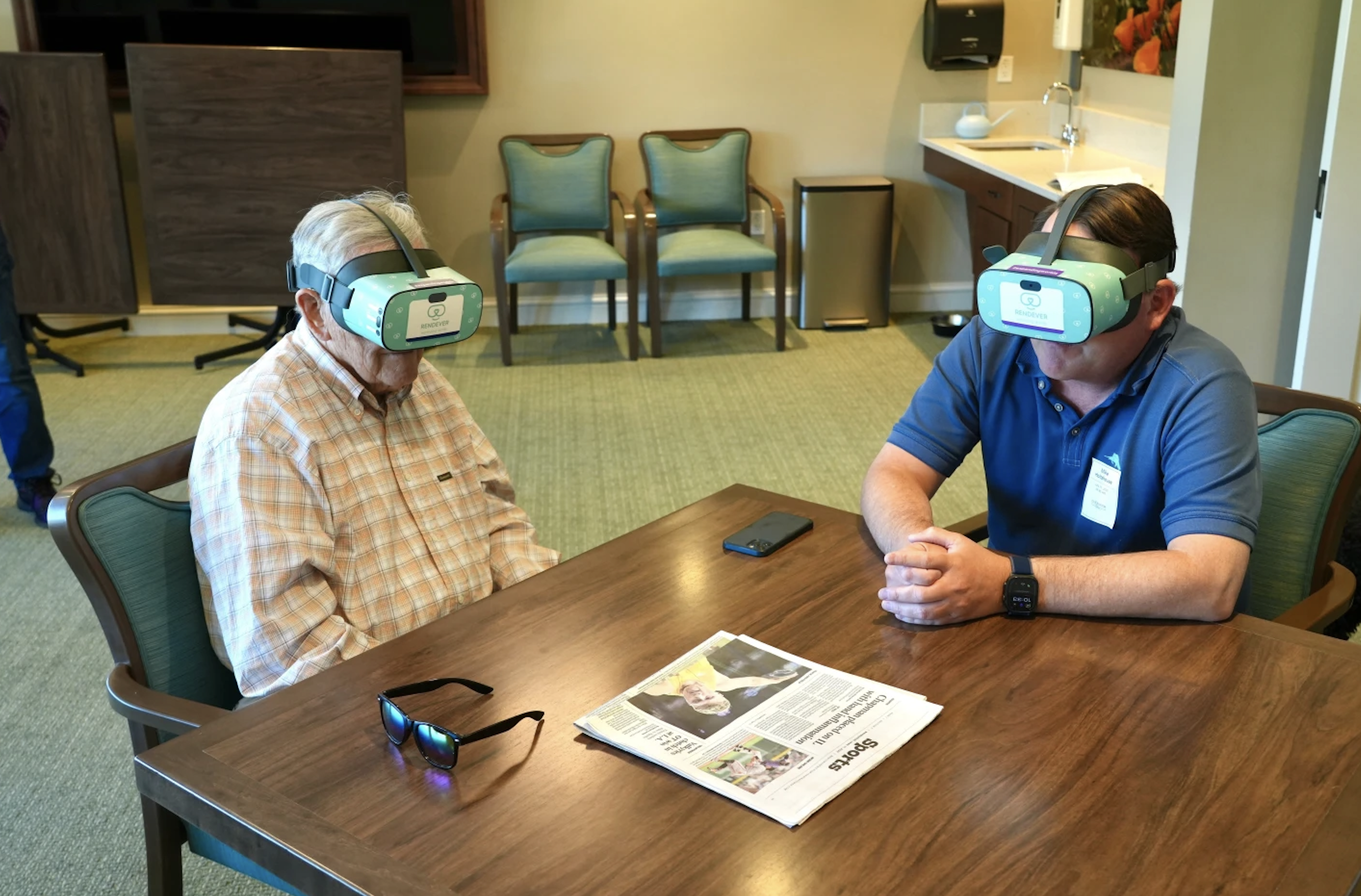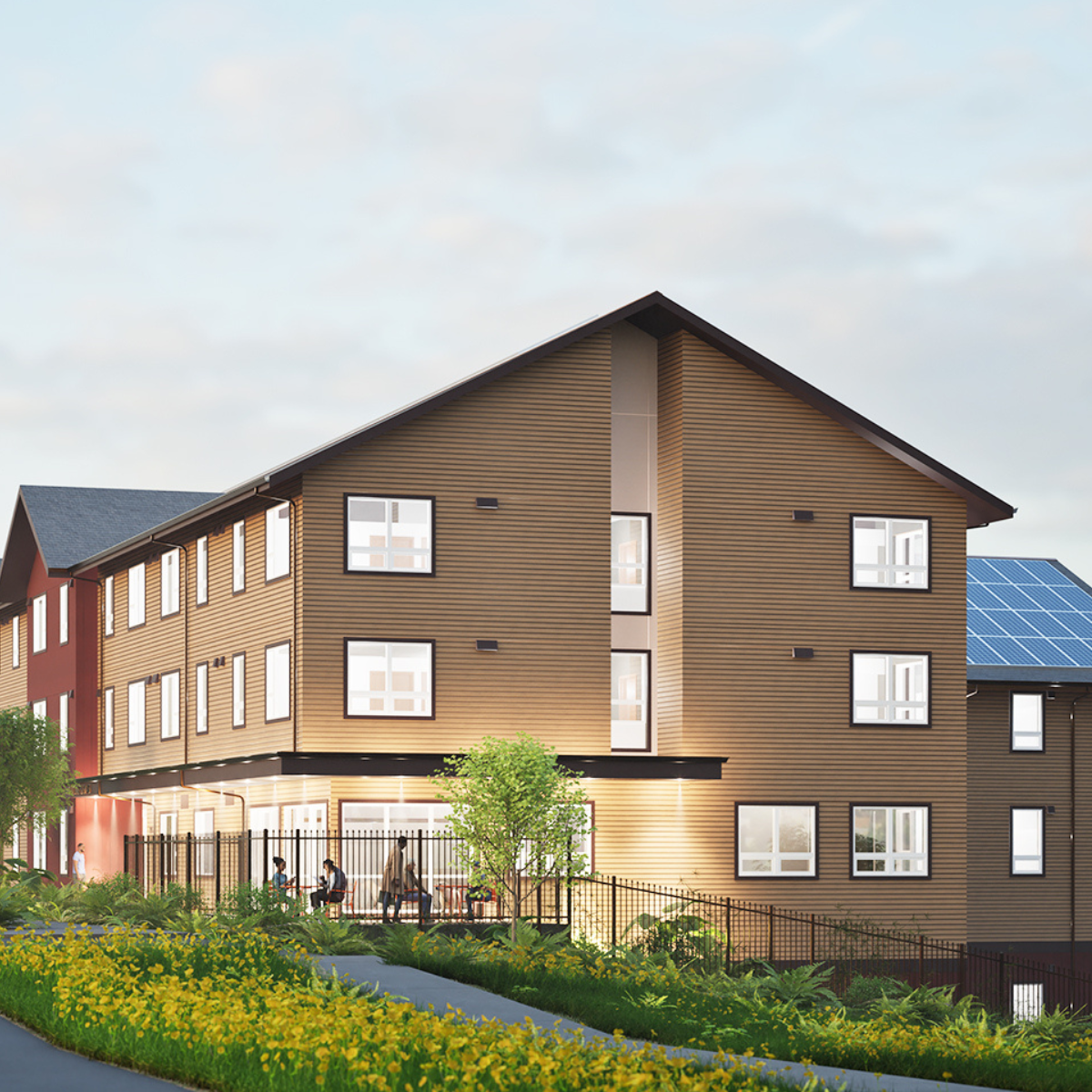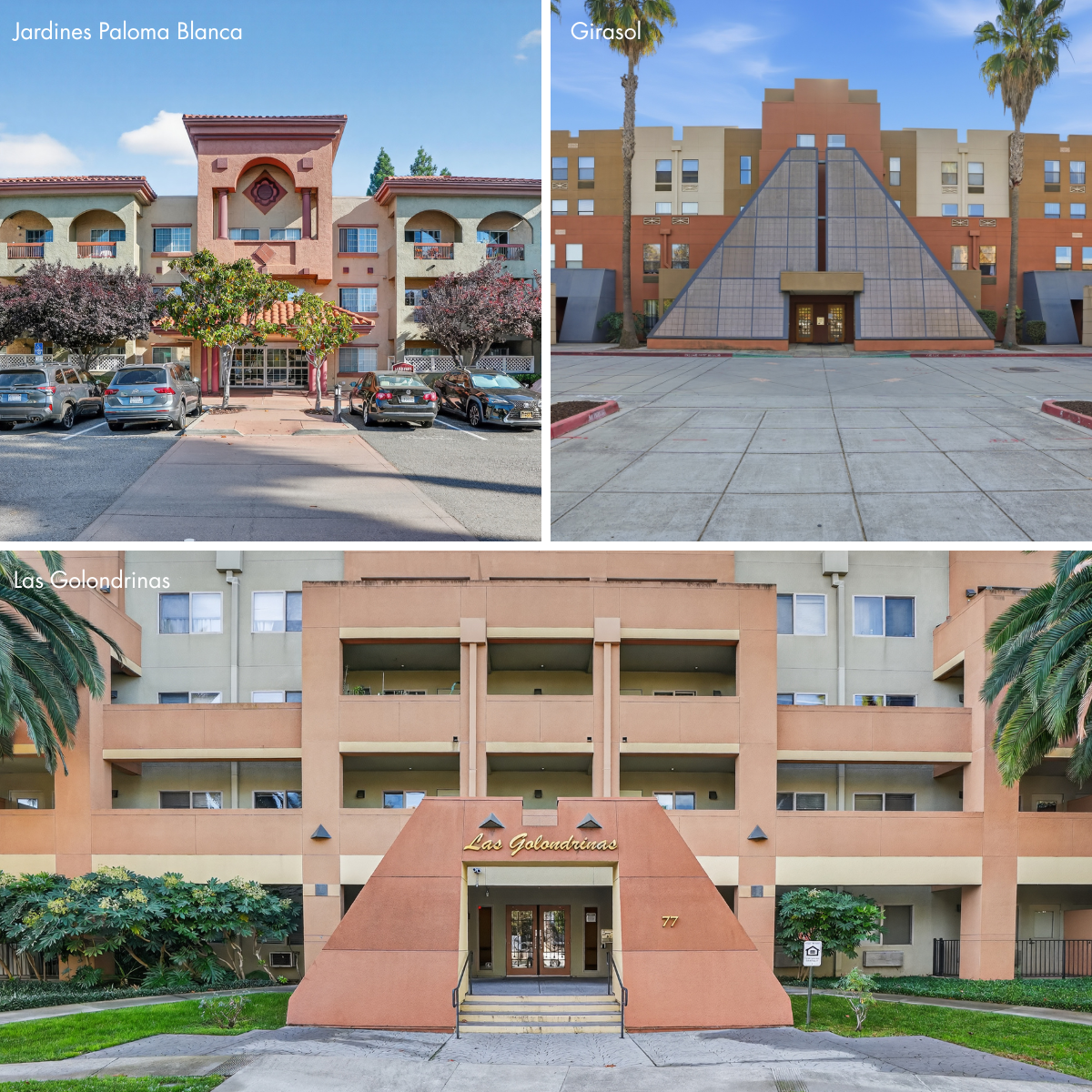
Healthspan: New Year, New You
January 2, 2026 - To help you live better and longer, our healthspan initiative offers research-backed insights for healthier living into how you...
Read More
VR activities at The Terraces of Los Gatos featured in AP News
January 2, 2026 - The Terraces of Los Gatos was recently mentioned in an AP news story about residents using virtual reality. With support from team...
Read More
Sharing our story in a new way: HumanGood debuts redesigned websites
December 16, 2025 - HumanGood is proud to launch two all-new digital experiences: our redesigned website and a completely reimagined careers site....
Read More
Healthspan: The significance of social connection
December 9, 2025 - The World Health Organization (WHO) now recognizes social connection as a global public health priority. Social connectedness is a...
Read More
HumanGood closes on Hope Heights
November 25, 2025 - HumanGood, in partnership with Greater Christ Temple Church, is excited to announce the closing on Hope Heights, a new affordable...
Read More
HumanGood announces new management of affordable housing communities
November 21, 2025 - HumanGood is excited to announce the new management of three affordable housing communities in San Jose.
Read More
